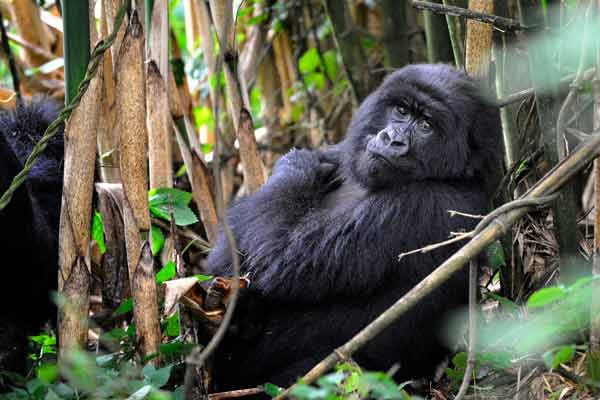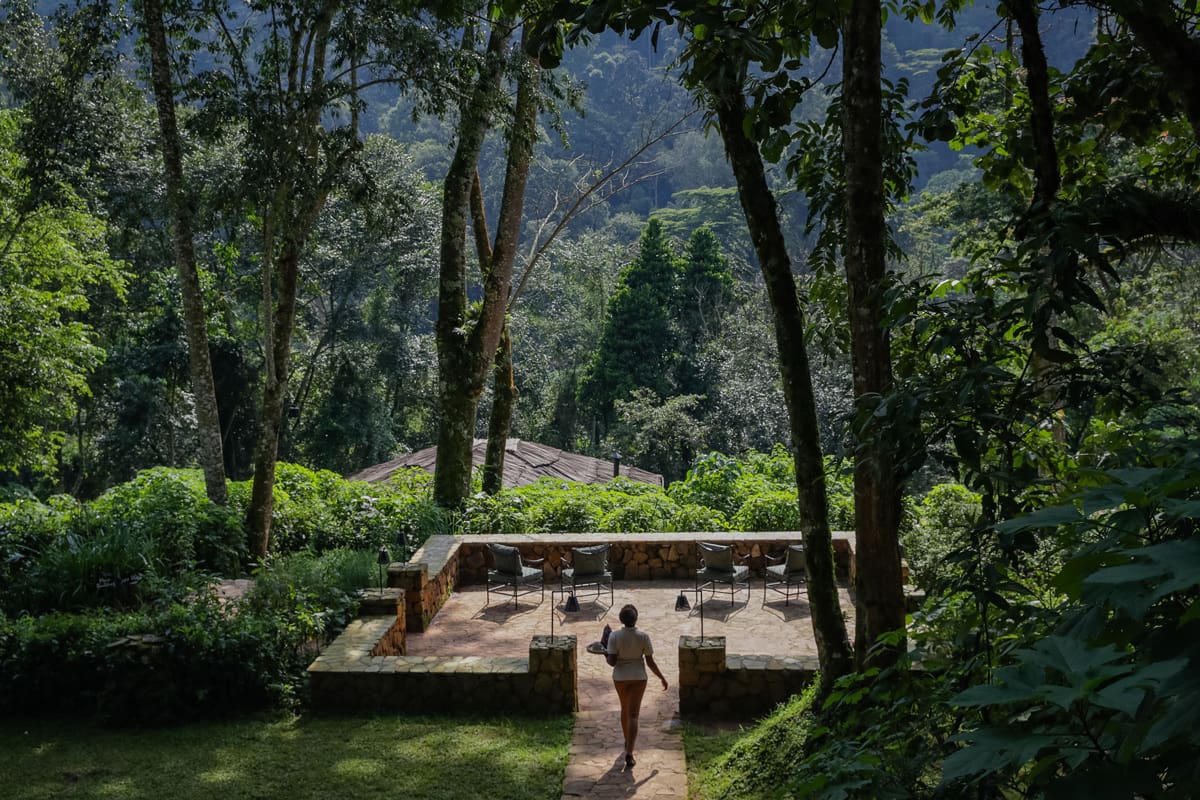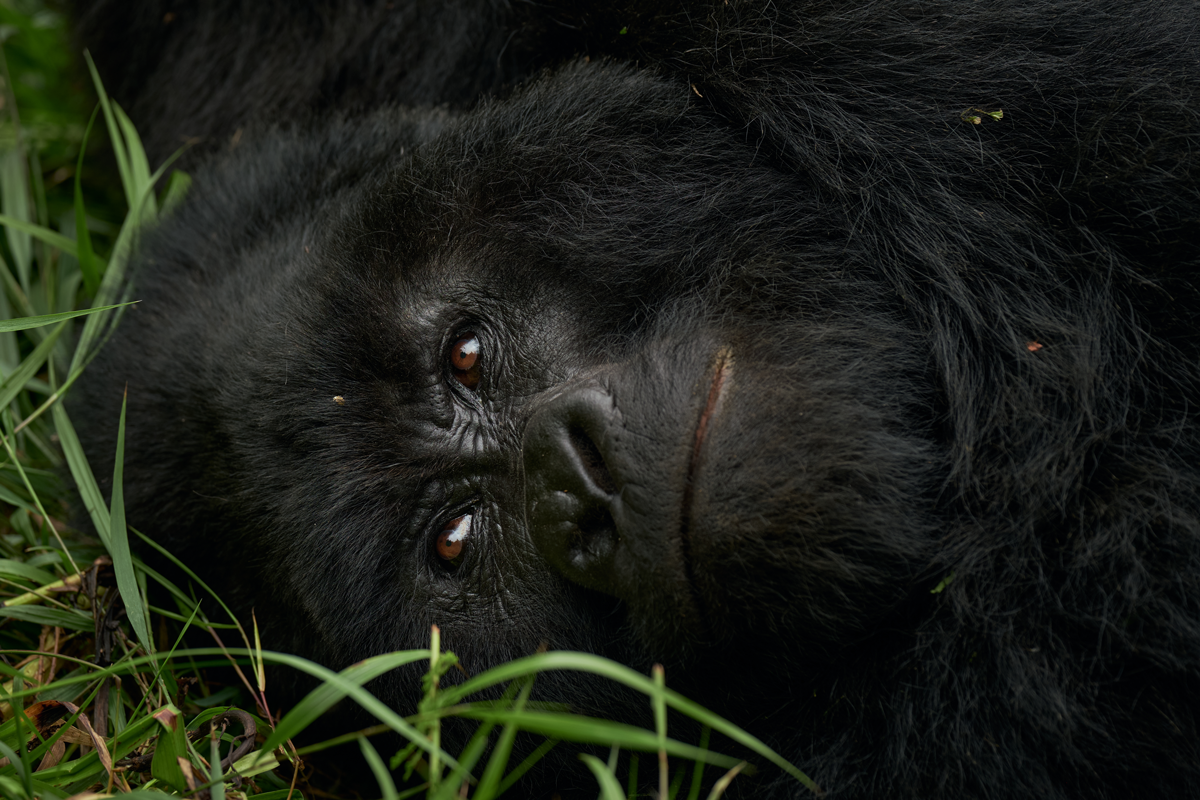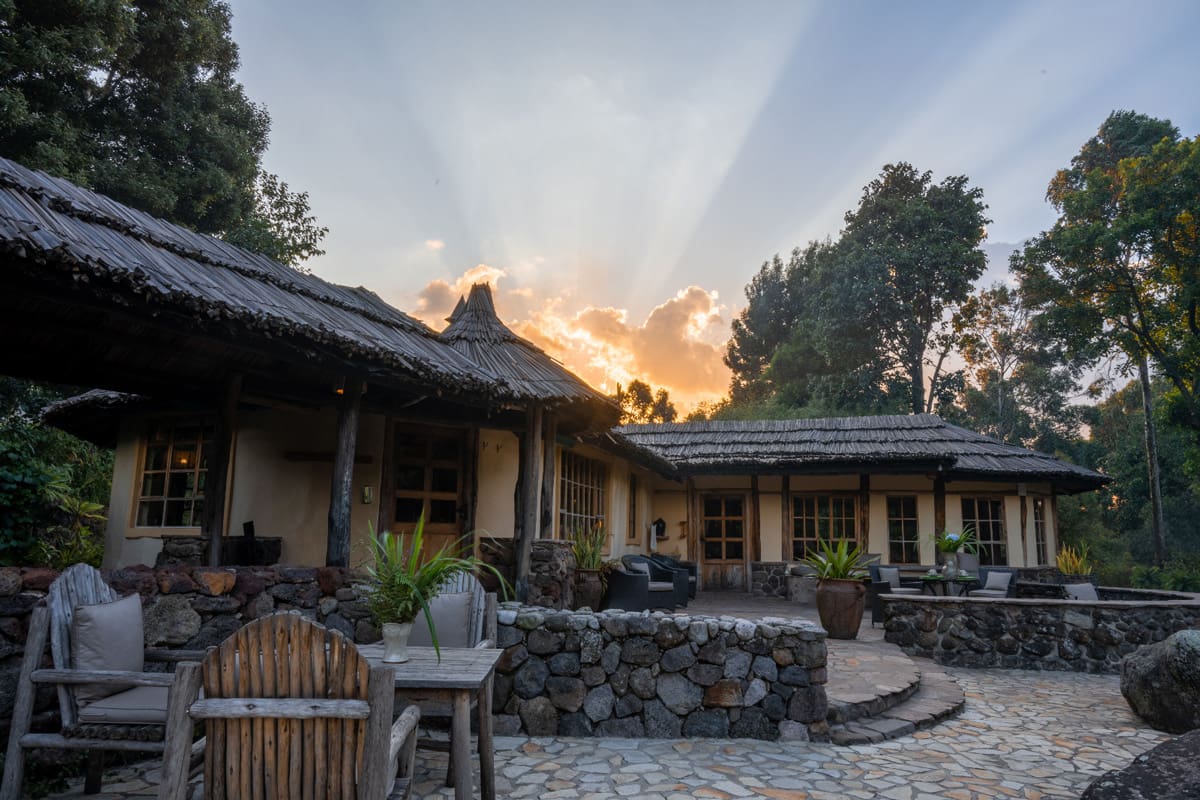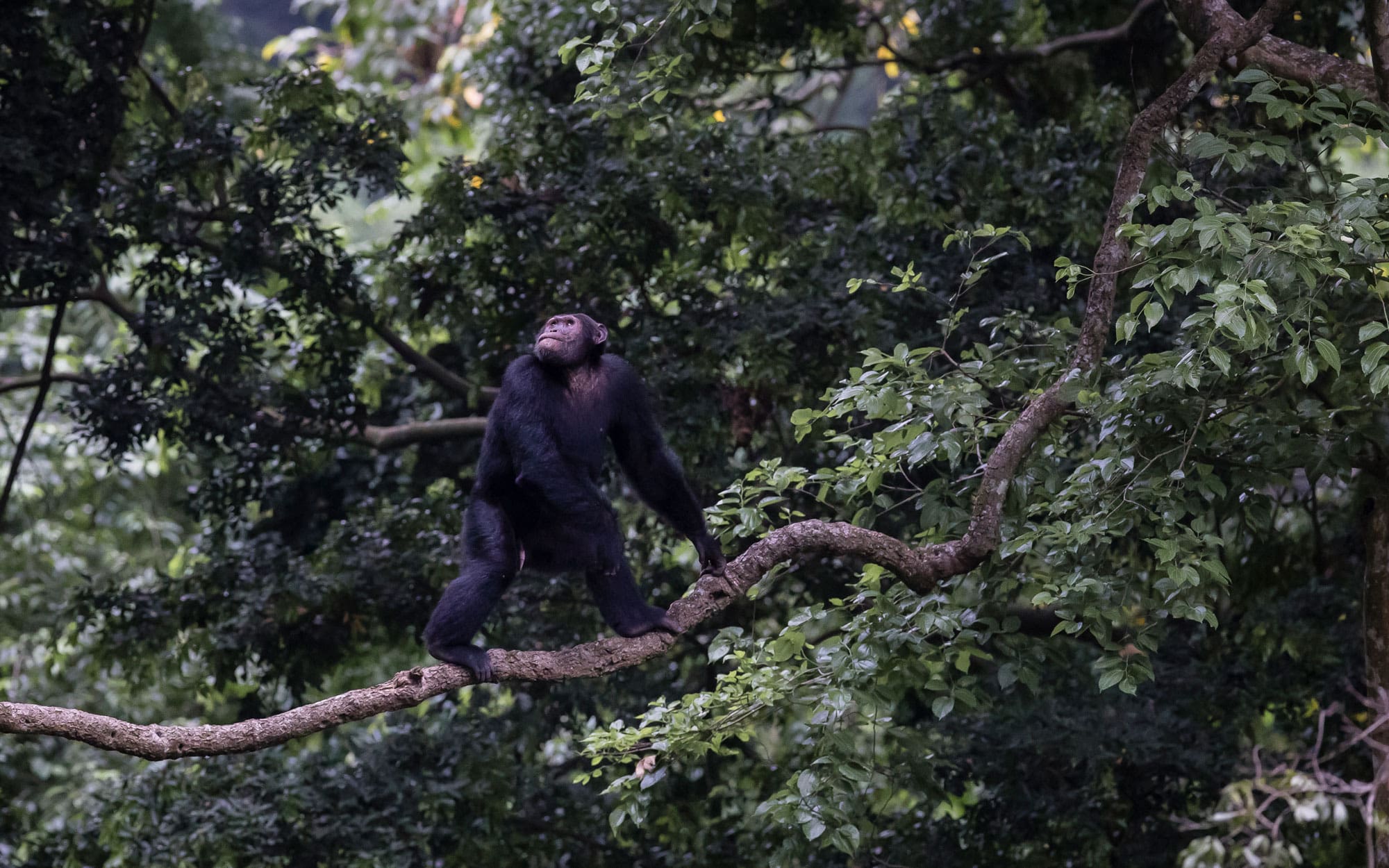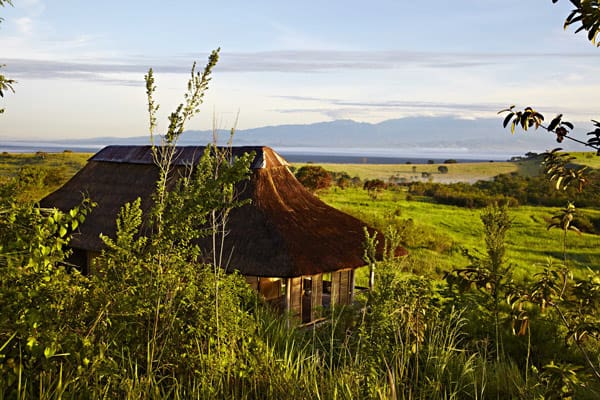
Mount Sabyinyo rises out of the impenetrable East African jungle in cinematic fashion. Just a few hundred miles south of the equator, the sun is very strong here, but because of its elevation, this area is remarkably less humid and bug-infested than other parts of Sub-Saharan Africa. The mountain’s craggy volcanic peak, colloquially known as “old man's tooth,” marks the confluence of the Congolese, Ugandan, and Rwandan borders, and despite the cultural and political differences on all sides, these three countries preserve this section of the Virunga Mountains for one crucial reason: Of the 880 or so critically endangered mountain gorillas left in existence, about half live in these woods.
It was this slice of Africa where legendary primatologist and conservationist Dian Fossey performed her research from 1966 until her death in 1985. If you aren’t familiar, the easiest way to explain the gravity of her work is to say that Jane Goodall did for chimps what Fossey did for gorillas (Sigourney Weaver plays Fossey in the 1988 biopic Gorillas in the Mist). This year marks the 50th anniversary of her foundation, the Dian Fossey Gorilla Fund, which works in conjunction with local governments to provide daily protection for gorillas, support scientific research, and train the next generation of conservationists. The population of mountain gorillas came perilously close to the brink of extinction in the 1980s, but today it’s slowly but surely increasing, in no small way thanks to Fossey’s legacy.
In addition to science and conservation, tourism has also been an indispensable part of the gorilla narrative. In 1997, London-based political advisor Praveen Moman founded Volcanoes Safaris, a luxury safari company that has set the bar for ethical tourism in three important ways: by reviving tourism in Rwanda after the genocide in 1994, by kick-starting gorilla tourism in Rwanda and Uganda, and by empowering local communities to manage and run the lodges. Today, Volcanoes Safaris operates four of the most comfortable and delightful lodges in the region, and the company has played a vital role in bringing tourism dollars to the area, dollars that support local peoples and also help protect endangered gorillas.
“Wilderness is a dream, but we cannot be romantic about it,” said Moman at the recent opening of the Dian Fossey Map Room at Volcanoes Safaris’s flagship, Virunga Lodge, in Rwanda. “It must be a mine of economic return that is shared with the people and the country. Today, if we did not have tourism, I’m not sure how many gorillas would have survived.”
Gorilla populations are on the rise, but their prosperity is still threatened by deforestation, poaching, climate change, political conflict, and the race to exploit Africa’s natural resources. The injection of cash that tourism has provided has been a critical component of East Africa’s mission to save gorillas from extinction. And while the fantasy of an African safari has captivated the world since the colonial era, gorilla tracking presents travelers with not only a once-in-a-lifetime experience, but also the very real opportunity to conserve that experience for future generations.
For first-timers, a trip to Volcanoes National Park in Rwanda is a natural starting point for visiting gorillas. There is a larger tourism infrastructure here; there are more gorilla families than on the Uganda side, and the groups tend to be in more accessible parts of the jungle. There is the inevitable bit of sticker shock when learning that a gorilla tracking permit comes with a price tag of $750 per person, per day, but it is important to remember that this is not your average hike, and hardly your average national park. The money paid here goes directly to ensuring that endangered mountain gorillas are surveyed, cared for, and protected from poachers.
Upon checking in, your group is assigned a guide and one gorilla family. Your journey begins at the base of Mount Sabyinyo, where the guide briefs you on what to expect and makes the necessary introductions to your team of porters. The hike up to your assigned family can take anywhere from 30 minutes to five hours each way, depending on where your assigned family is mulling around that day. The hike itself is not easy—make sure to pack pants, long sleeves, and sturdy boots, as your journey brings you through dense bush, up and down steep ravines, and through thick brambles of stinging nettles.
This is not an easy trip. Despite all the effort that goes into organizing and going on a gorilla track, there comes a moment when you begin to give up. You have left behind the comforts of home, flown halfway around the world, driven for hours, and are now drenched in sweat as your skin is pricked by thorns, mosquitoes, and who knows what. It is this precise moment when your group turns a corner in the bush, your guide raises a hand, silence falls—and you find yourself in the middle of your gorilla family. The babies swing from branches overhead with all the curiosity and playfulness of human children. The mothers enjoy sprigs of bamboo, and the silverback father watches over all. By government regulation, each tourist group only has one hour with the gorillas from this point, so be sure to soak up every minute with these majestic creatures. Above all, don’t be shy about staring. The gorillas stare right back at you.
Before you know it, your hour is up, and the journey back begins. After the hike, you exit the park and start to walk back to the car, at which point your group will likely be staring at each other in slack-jawed amazement, speechless from what you have just experienced. The sun beats down, eucalyptus floats on the breeze, and your guide bids a warm farewell. “You’ll be back,” he says in his wise, velvet voice. “You’ll be back.”
By Todd Plummer
